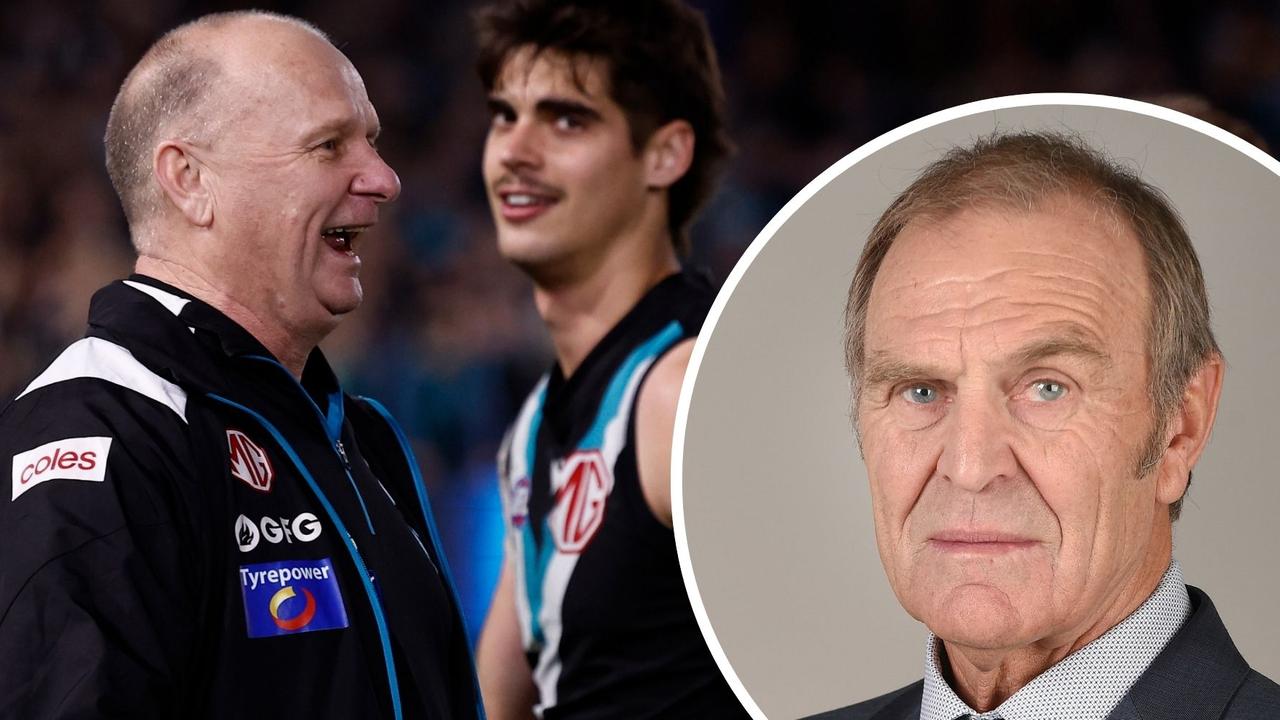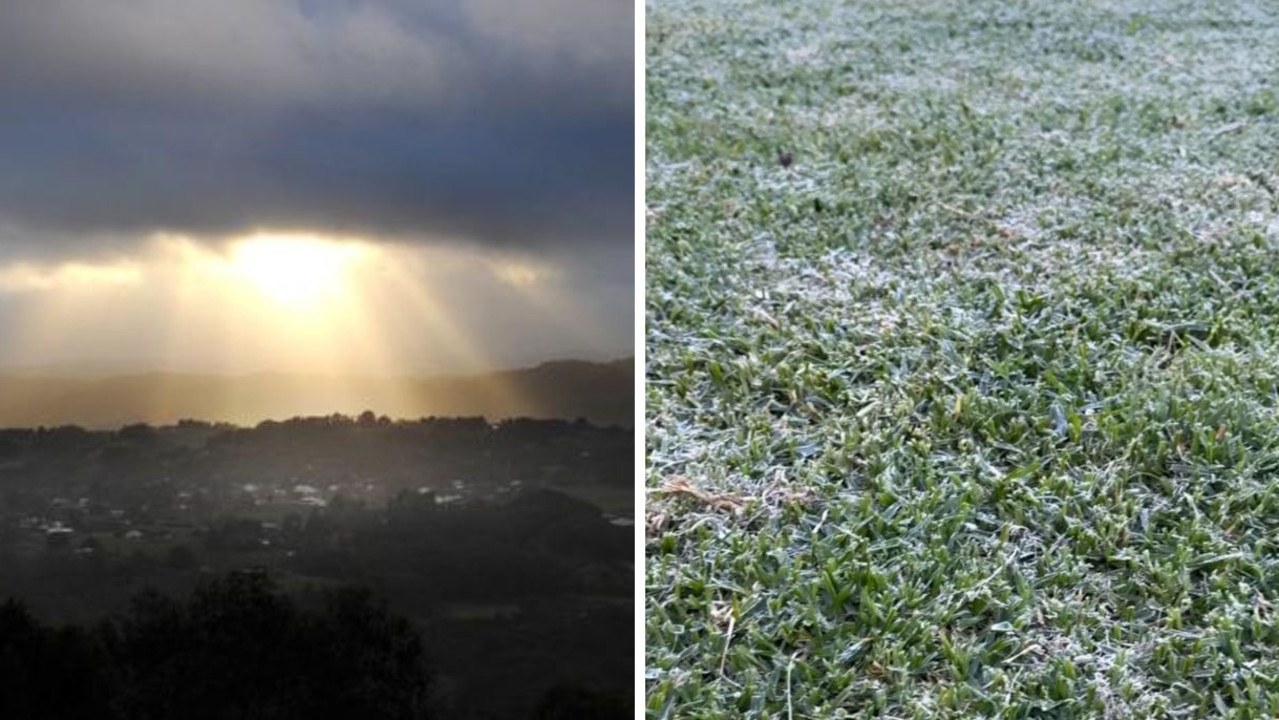$1b investment powering Upper Spencer Gulf to prosperity
Recognised as a crucible of industry, the cities of Whyalla, Port Augusta and Port Pirie are reinventing themselves into green powerhouses

SA News
Don't miss out on the headlines from SA News. Followed categories will be added to My News.
The Upper Spencer Gulf is shrugging off its now-rusty Iron Triangle tag to position itself as a global green energy powerhouse.
With the completion of a recent three-day economic summit – in which the State Government outlined its plans to supercharge the region – industry experts agree the northern community is perfectly positioned to capitalise on the global decarbonisation push.
Sam Crafter, chief executive of the Office of Hydrogen Power SA, says the combination of a host of initiatives – including the Whyalla Hydrogen Plant, the transformation of the Whyalla steelworks and the Northern Water project – is putting a spotlight on the area.
The billion-dollar mix of state government and privately backed projects will set the region up as a world leader in the energy space, exporting both green energy and expertise.
“The energy sector is right in the thick of this massive global change that’s going on at the moment and South Australia – and the Upper Spencer Gulf – is literally at the centre of this,” Crafter says. “The State Government’s commitment to green energy, combined with the region’s natural resources, will create jobs and contribute to growing the local economy for generations to come.”
In combination with the Whyalla steelworks, major local magnetite and copper resources – along with its abundant renewable solar and wind opportunities – the region is primed to generate new sources of wealth for SA. Whyalla is seen as being ideally placed to use electricity from a planned government-backed $593 million 250MW hydrogen production facility for the manufacture of green iron to export to major international steel producers, enabling them to decarbonise their operations.
Hydrogen power
The Whyalla Hydrogen Jobs Plan is crucial in transforming the key drivers of SA industry – the copper smelter at Olympic Dam, the Whyalla steelworks and the Nyrstar Port Pirie smelters, along with oil and gas from the Cooper Basin.
“They’re all trying to decarbonise,” Crafter says. “And when you think about what’s going to unlock this next stage of the decarbonisation process, it comes down to the Hydrogen Jobs Plan. Nowhere else in the world has got to this 250MW scale of hydrogen production so if we can do it – and we can do it first, or be at least one of the first by 2026 – that means the world’s light will shine on us even more.”
Crafter says the new power plant will also add greater flexibility to the state’s power grid, providing more “dispatchable power” that can be turned on and off as required.
Engine Room
Energy and Mining chief executive Paul Heithersay agrees the Hydrogen Jobs Plan is at the heart of the region’s rejuvenation. “I think it is the catalyst,” he says. “The government has said, ‘We’re going to go after this green energy transition and we can see the hydrogen economy is the way to do it’ – and it’s absolutely necessary if you want to produce green products. Let’s demonstrate that we can do it here. Everybody’s talking about it ... but there are very few places that are actually doing it.”
It is then a case of “unlocking the resources” such as magnetite and copper within the region. “And that’s coupled with the broad solar and wind resources and a coastline to get it out the door,” he says.
Other assets include a “willing workforce” and a very strong research cohort in SA.
Heithersay says the projects underpinning the Upper Spencer Gulf’s green transition are all long-term initiatives. He says the Upper Spencer Gulf is primed to become an engine room for the state. “The sort of things being developed are long-term cash flows,” he says.
“That’s what we’re shaping up for. The beauty of these places is they’ve got all the services and training and universities. All the ingredients have come together – and it’s now their time in the sun.”

Steel the one
Corporate director Bruce Carter believes Whyalla is poised to enter a new phase. As the chairman of the state’s Steel Task Force – established in 2015 to support the city’s mining, smelting and manufacturing operations after the steelworks entered administration – Carter says the city’s rich industrial history provides a solid foundation on which to lead the green steel charge.
Last year, owners GFG Alliance announced the phase-out of coal-based steelmaking at the plant, signing a supply contract for a $485 million low-carbon electric arc furnace. GFG – which has a stated ambition to become a carbon-neutral steelmaker by 2030 – also plans to develop a direct reduction plant to produce green iron. The SA Government has committed $50 million to assist in the transformation of the steelworks.
The move to transition to green energy provides an opportunity for the steelworks – and the broader Upper Spencer Gulf region – to reinvent itself and modernise to meet decarbonisation obligations.
Carter, also the chairman of the Australian Submarine Corporation, agrees that the Upper Spencer Gulf is a key engine room for the state – along with the Defence sector. “You’ve got two huge opportunities there which can underpin the economic future of the state,” he says.
The redevelopment of the Port Pirie smelter serves as a good example of how an existing business can be transformed. “Whyalla has had a long history, from steelworks to shipbuilders and is now going into the next phase of its life,” Carter says.
Growth to flow
Infrastructure SA chief executive Jeremy Conway points to the Northern Water project – a new sustainable water source to allow the region’s emerging green energy industries to develop – as a key driver in the region’s growth.
This will involve the construction and operation of a 260ML/day seawater desalination plant – located at a preferred site at Cape Hardy, south of Port Neill – connected via a 600km pipeline network. Conway says it’s a “visionary project”.
“I draw parallels to when (SA Premier Tom) Playford and (Australian Prime Minister Ben) Chifley partnered to build the original Morgan to Whyalla pipeline in the 1940s,” he says. “That unlocked the steelworks and shipyards in Whyalla and really set that part of the state up as an industrial powerhouse for the country. This project has the opportunity to reindustrialise the Upper Spencer Gulf, but in a way that’s feeding the clean industries of the future.”
Economic modelling has shown the Northern Water project will add about $5.2 billion to the state’s economy annually and support more than 4200 jobs, as well as reaping environmental and cultural benefits. “The opportunities are huge and SA is well placed to capitalise on them.”
READ MORE
Multimillion carbon reduction innovation project brings new life to Port Augusta
Upper Spencer Gulf Traditional Owners welcome State Government investment


